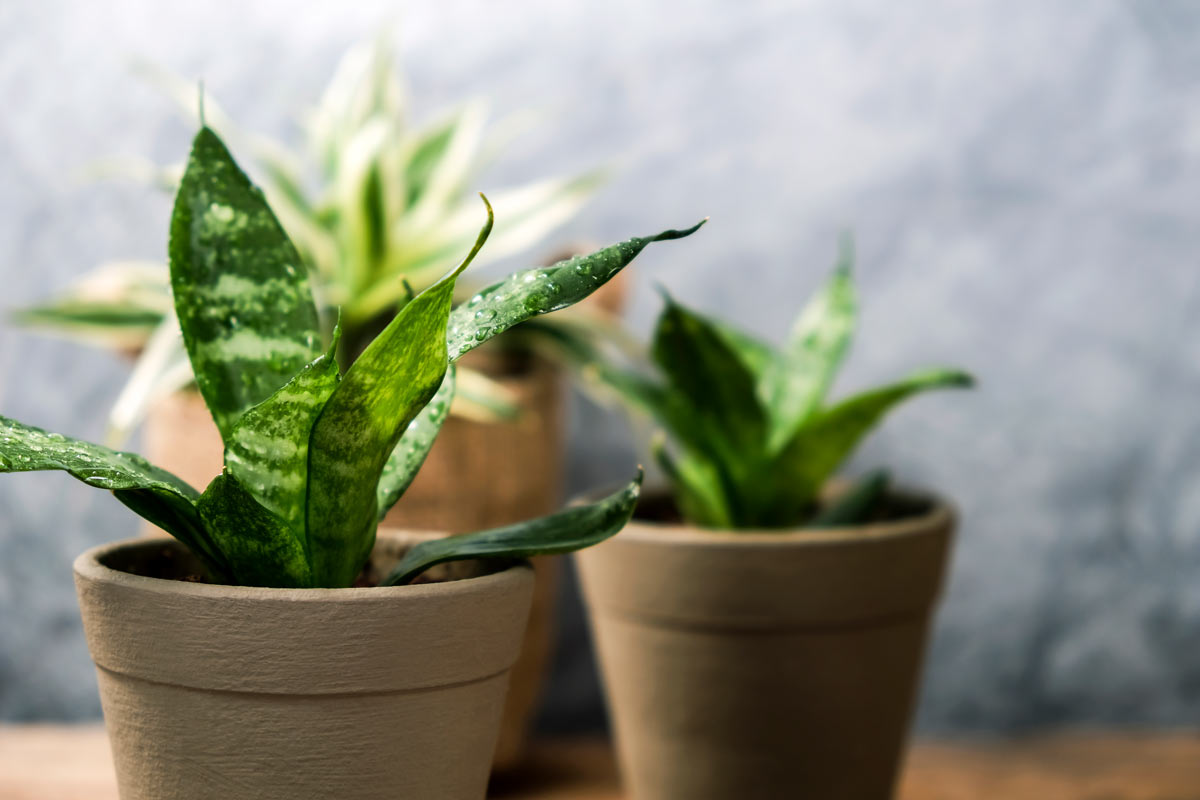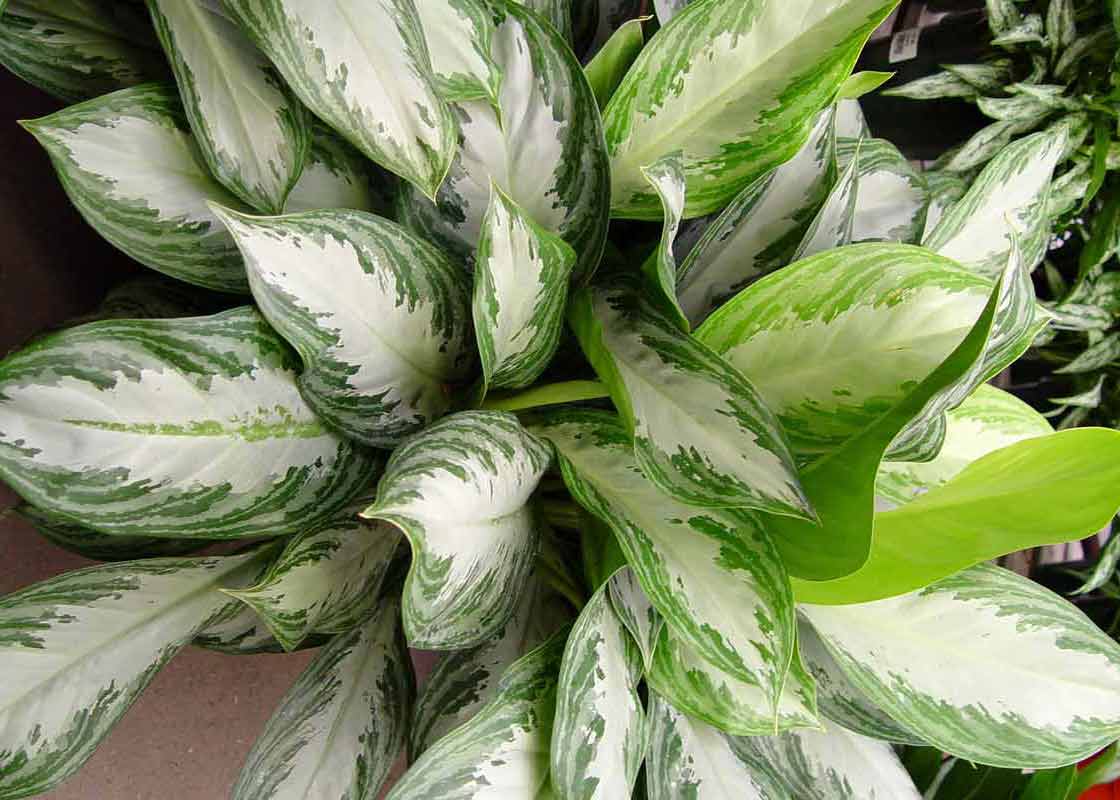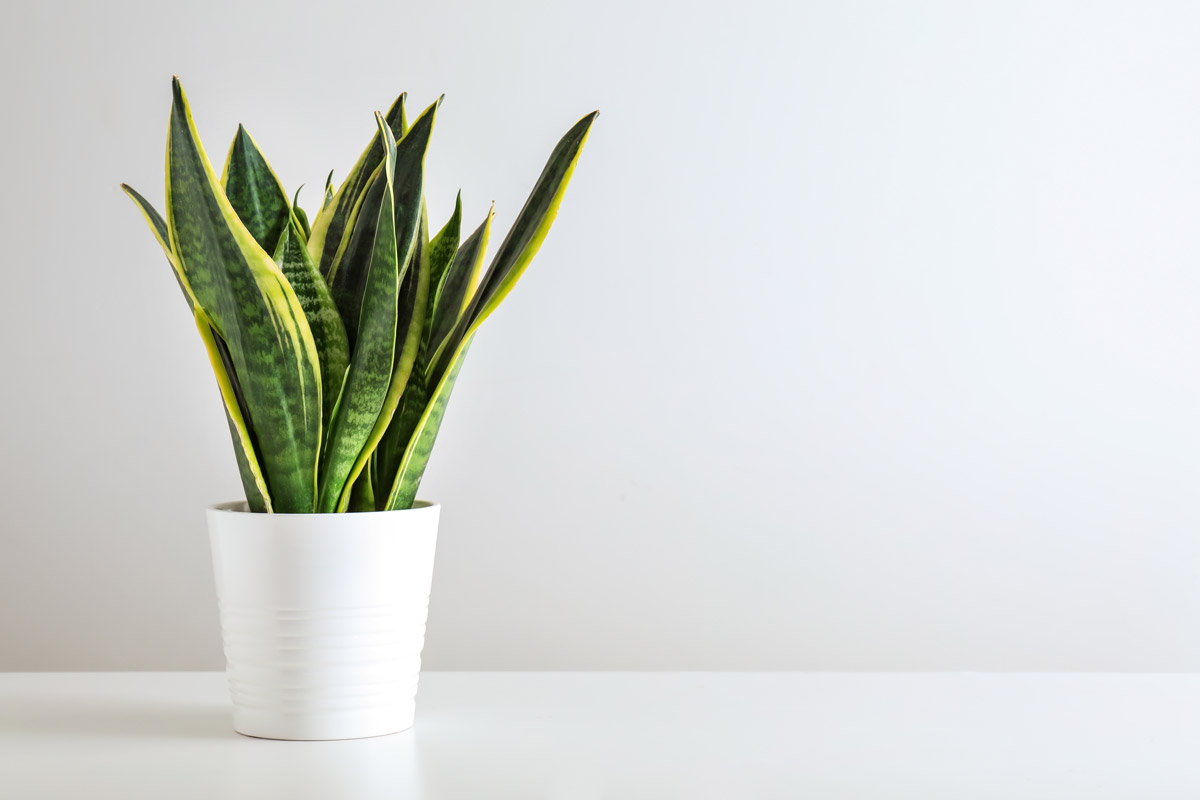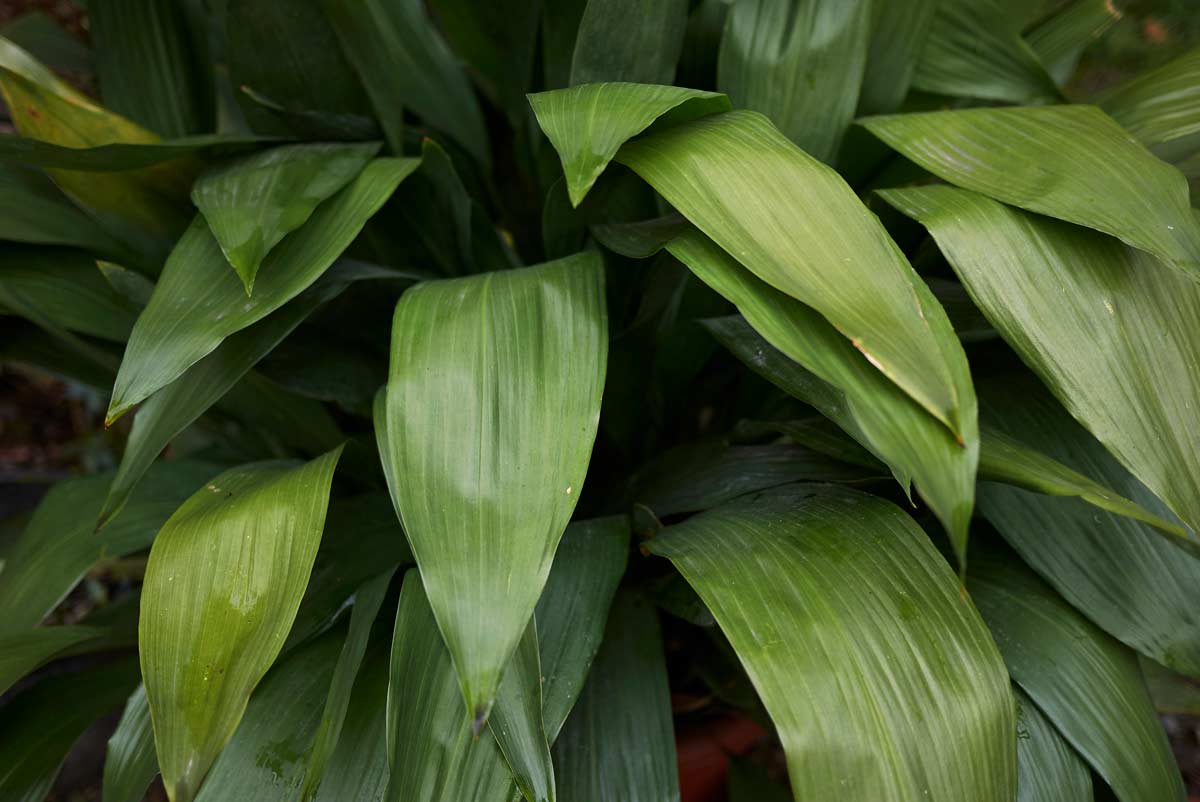Best Indoor Plants Thrive With Low Light and Less Water
Houseplants are a great way to purify the air and add a touch of hominess to the atmosphere. It takes a tough plant to survive indoors.

A snake plant is an easy to grow houseplant. They can take weeks of neglect and can grow in dark corners of your home. FeelPic / iStock / Getty Images Plus
Growing houseplants is easier than you might think. Most are tropical species that growers already have singled out for their ability to survive inside homes and tolerate life in potted confinement. While most indoor foliage plants - ones that deliver their color and interest from leaves instead of flowers - are fairly durable and require low maintenance, there is one main threat to avoid when caring for houseplants: overwatering. Ensuring that you are watering plants just enough for them to be happy, but not overwatering them that the roots will sit and rot in soggy soil, will greatly increase your success as a houseplant parent.
Still not quite convinced? Start with any one of these four options that are known to take more abuse than the norm:

Chinese Evergreen George Weigel
It may look like just a plain-Jane foliage plant, but it does give some bright color in its striped silvery or variegated green-and-white versions. Chinese evergreens tolerate fairly low light and can go two or even three weeks with total neglect, including no water.

Snake plant
Snake plants grow in upright clusters of bladed, strappy leaves, most often sold in variegated gold and green. But you’ll also find dark-green varieties and an interesting version with hollow, tubular stems. As with Chinese evergreens, snake plants will grow even in a darkish corner and survive for weeks if neglected.

Cast-iron Plant seven75 / iStock / Getty Images Plus
The name ought to tell you something about this two-foot foliage plant that looks like a bushy corn plant. Nearly indestructible, it will survive through very low light, irregular watering, dry air, near-freezing temperatures, dust… you name it. A favorite since Victorian times, cast iron plants have dark-green, shiny, leathery leaves.

Heart-leaf Philodendron Premyuda Yospim / iStock / Getty Images Plus
Here’s a vining foliage plant with heart-shaped leaves, best grown in a tall, elevated pot or hanging planter so the vines can drape down. Heart-leaf philodendrons actually prefer lower light and soil that’s on the dry side. Their main demand is an occasional snipping.